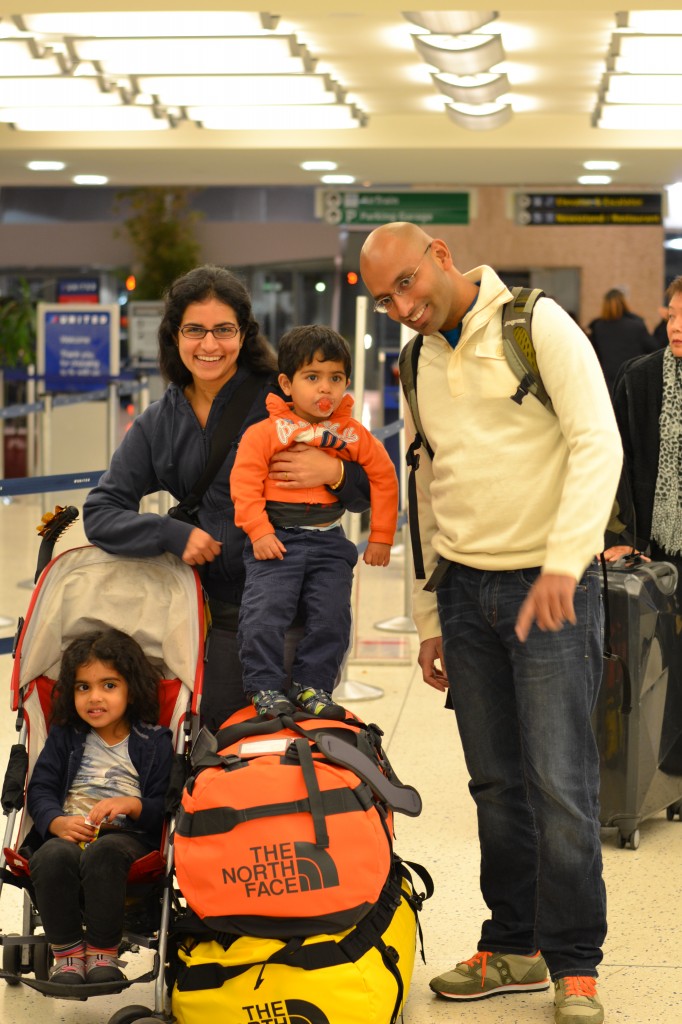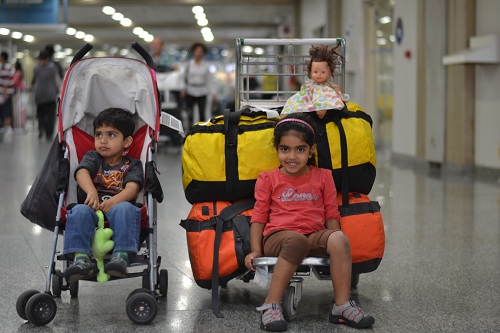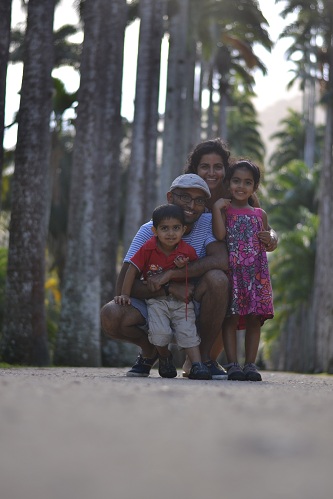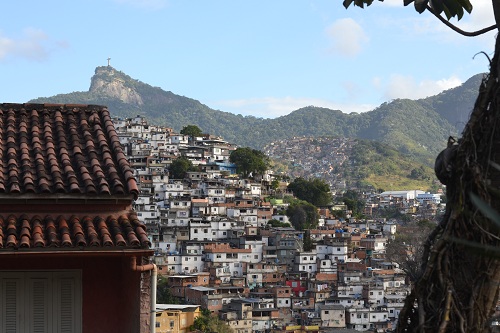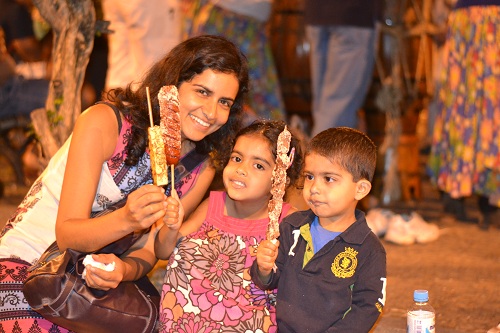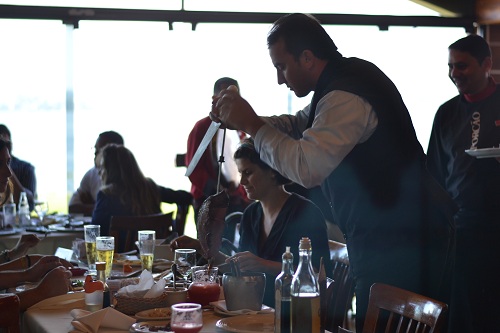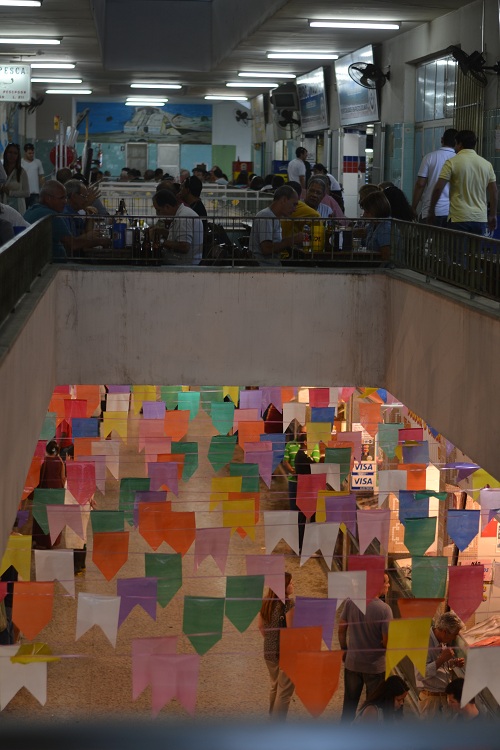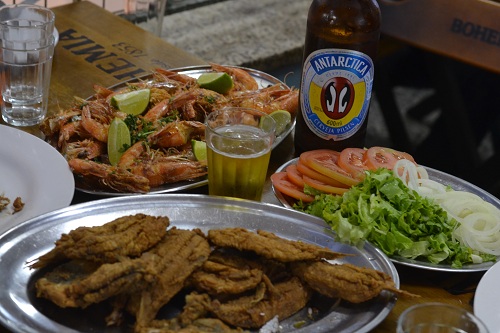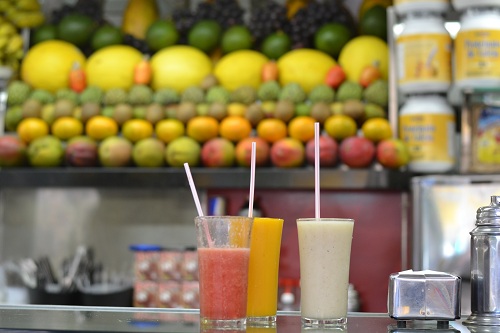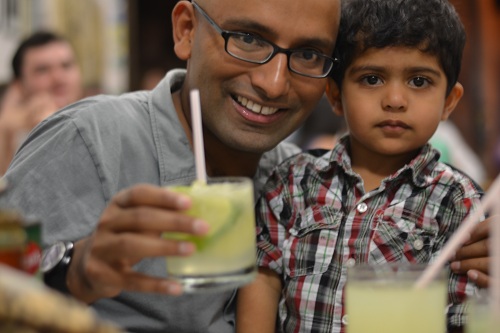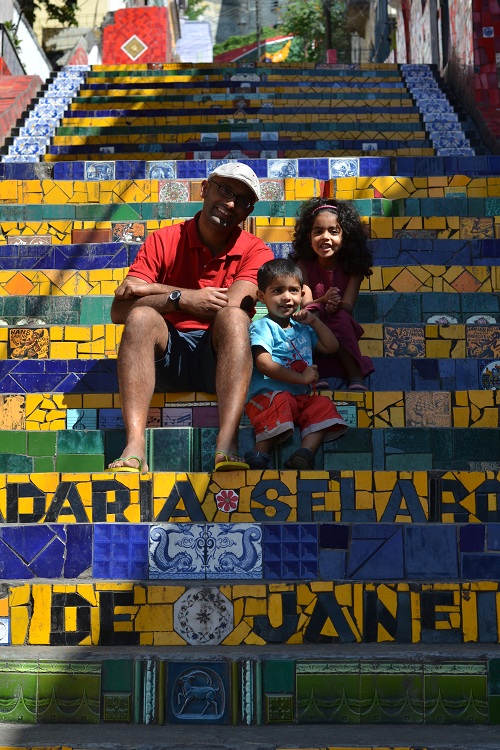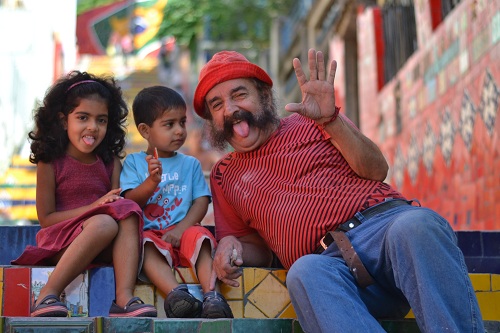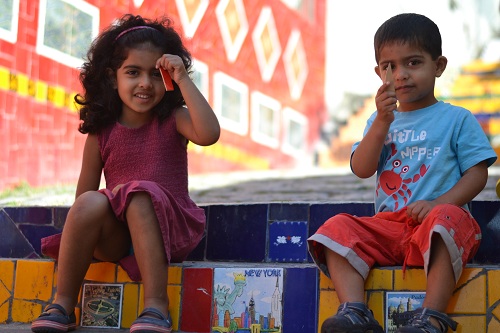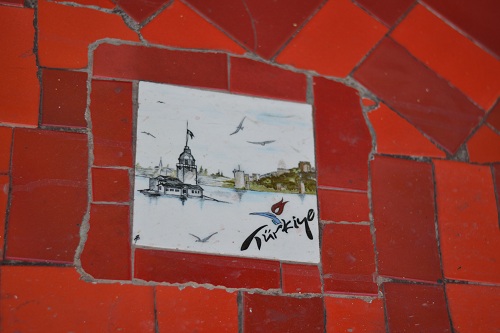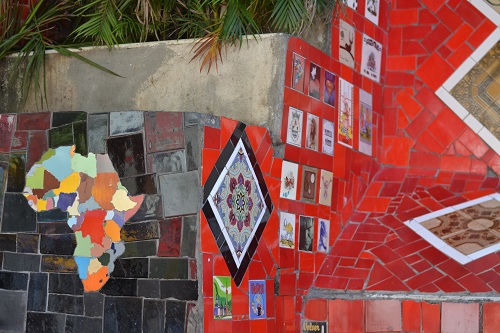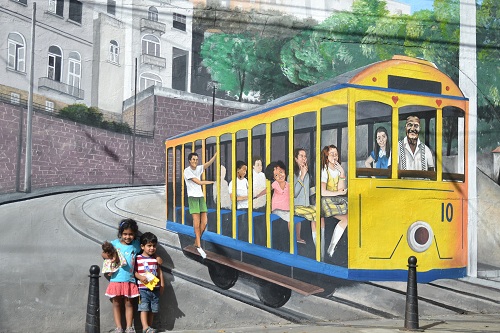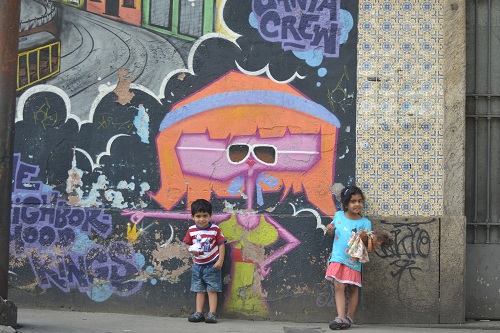Over a year ago we packed up our lives in Manhattan. We spent the following 10 months traveling through 10 countries. We slept in 32 different places. A few months ago we moved to Atlanta. Throughout all of this, we always felt as if we were home.
Before we left on our journey, we had a somewhat conventional definition of home. To us home was about a physical address, around which revolved certain routines and familiarity. There was the local coffee shop and dry-cleaner, Sunday dinners with friends, spontaneous drop-ins from family and weekend runs along the East River. During our trip, home became fluid. Many times we found ourselves in strange places. Other times, we were surrounded by family or busy making new friends. The more time passed, the more our family realized that home is a feeling, not a place. Home was where we could appreciate each other. Whether in Thailand or Namibia, the kids always found serenity in a goodnight routine. Whether busting out dance moves in India or playing dress up with kitchen towels in Atlanta, the kids had ways to express and be themselves.

Everywhere from Cape Town to Istanbul we managed to generate familiar smells from our kitchens. The more we drifted away from our Manhattan home, the more we realized that home was a feeling that traveled with us, and that we controlled being home regardless of our physical surroundings.
Since we were traveling light, we only allowed ourselves to pick up two things from each country. The first was coins, so that the kids now have a full set of coins from every country (who knows when the Euro may be a collector’s item). The other was Christmas ornaments. This weekend, we hung our ornaments for the first time, and we remembered stories from each of our past homes. The kids recalled going to school every morning in India, hunting for lions in Namibia, and having fresh juices for breakfast in Rio. Ava remembered her fourth birthday in Greece and Kayan wanted to smell wine again in Cape Town. We found ourselves feeling homesick.
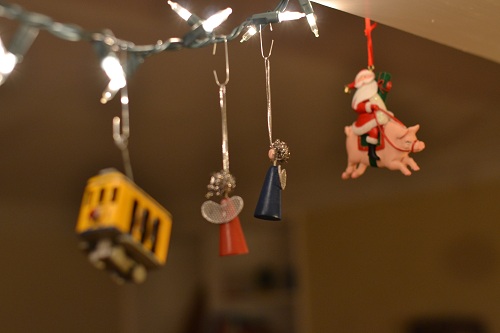
On a recent business flight back to Atlanta, my plane flew over a very familiar Manhattan. As we landed in Atlanta, the swirl of lights on the highways formed a confusing doodle. With over 100 roads named Peachtree, I’m convinced we’ll never find our way around. In many ways, Atlanta has been as foreign as any country we have called home on our trip. Understanding the Southern drawl and slowing down to match the politeness has been a cultural adjustment.

The house, the two cars and the multiple bathrooms are a long way from our Manhattan comforts. However, because Ava and Kayan still race to the front door to welcome us, because we still snuggle together at bedtime and make a gigantic mess at breakfast, because we still express ourselves in all our silliness, because we are doing what we love to do – evolve an adapt to everything around us, because of all these things we are still home.
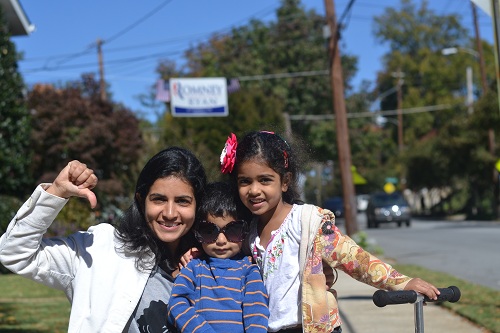
This post was triggered by a question posed to a group of traveling families – How has travel changed your definition of home? Click through the links at the bottom to read about what others families have to say.
Bohemian Travelers – Home is Every Where
Flashpacker Family – My Heart Doesn’t Lie at Home
Living Outside of the Box – Where Is Home?
Life Changing Year – I Never Thought We’d Be Home For Christmas!
Grow In Grace Life – Home… Where Ever We Are, There We Are
Witness Humanity – Things I will miss about New York (or a Guide to the Awesomeness that is NYC)
Discover Share Inspire – How to Always Be Home For the Holidays… No Matter Where in the World You Are
The Barefoot Nomad – Where’s Home for a Barefoot Nomad?
Simon Says – Where are you from?
Gypseekers – Are We Home Yet?: Re-entering Society After a Round the World Adventure
Expat Experiment – Traveling Home





